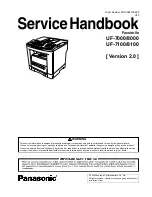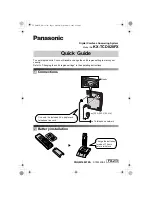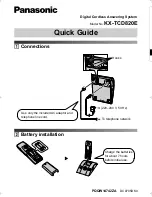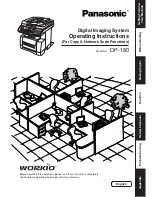Reviews:
No comments
Related manuals for SWA/RS 10101

Panafax UF-8000
Brand: Panasonic Pages: 187

KX-TCD820FX
Brand: Panasonic Pages: 6

KX-TCD820E
Brand: Panasonic Pages: 6

DP-180
Brand: Panasonic Pages: 65

Sydney
Brand: Kangaroo Pages: 36

PG K17-28
Brand: Tornado Pages: 14

BX2 Fastracts Extractor
Brand: IPC Eagle Pages: 8

SMFC210M SecureFax
Brand: Ricoh Pages: 4

JK-T5878-58G
Brand: Jack Pages: 70

CLP12IA
Brand: Clipper Pages: 42

FaxPress
Brand: Castelle Pages: 5

LK-1942ZA5050
Brand: JUKI Pages: 264

F-72
Brand: Muratec Pages: 106

F-73
Brand: Muratec Pages: 122

SF-S1403
Brand: Sunny Health & Fitness Pages: 10

Innov-is NV1800Q
Brand: Brother Pages: 32

Innov-is 750E
Brand: Brother Pages: 40

Innov-is 2500D
Brand: Brother Pages: 28




























